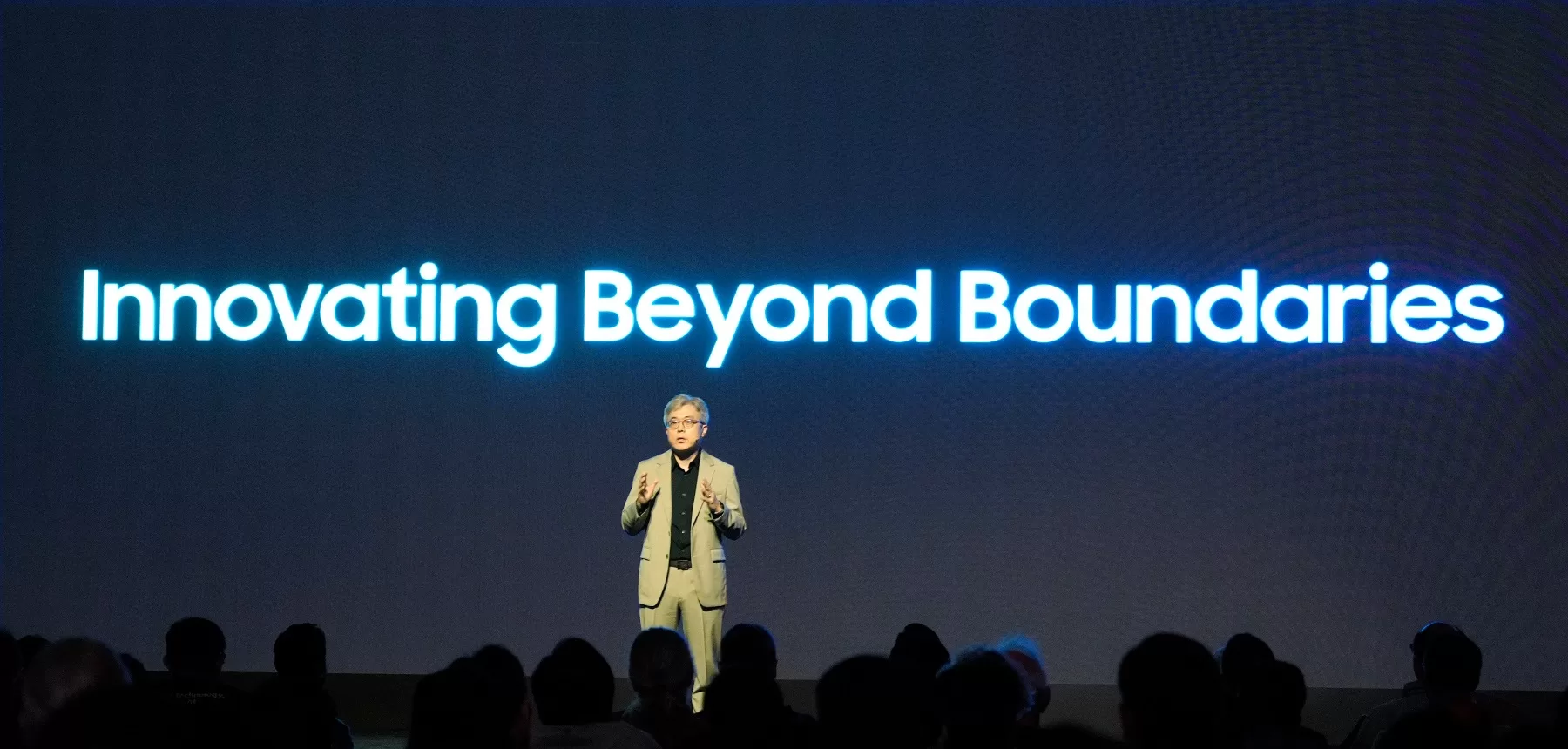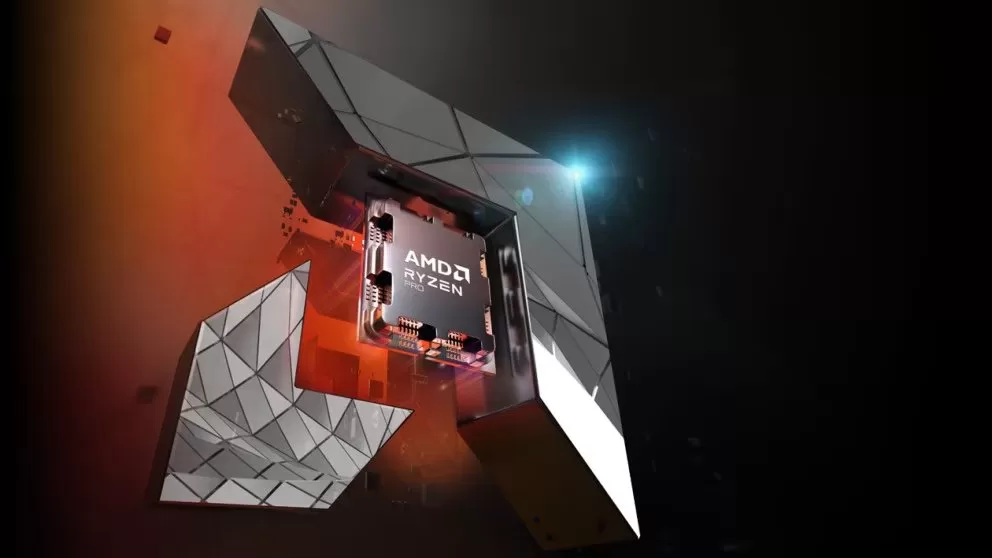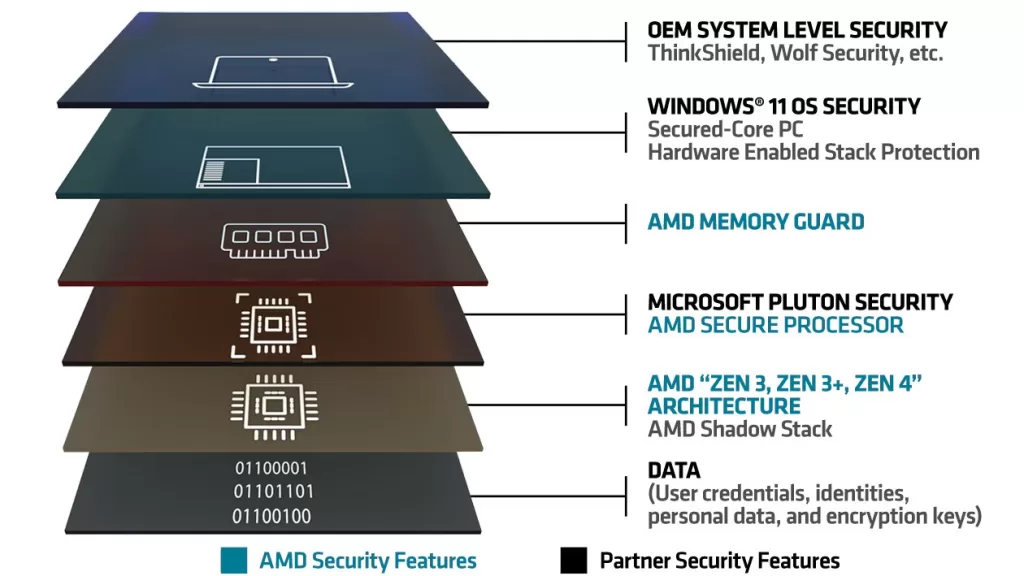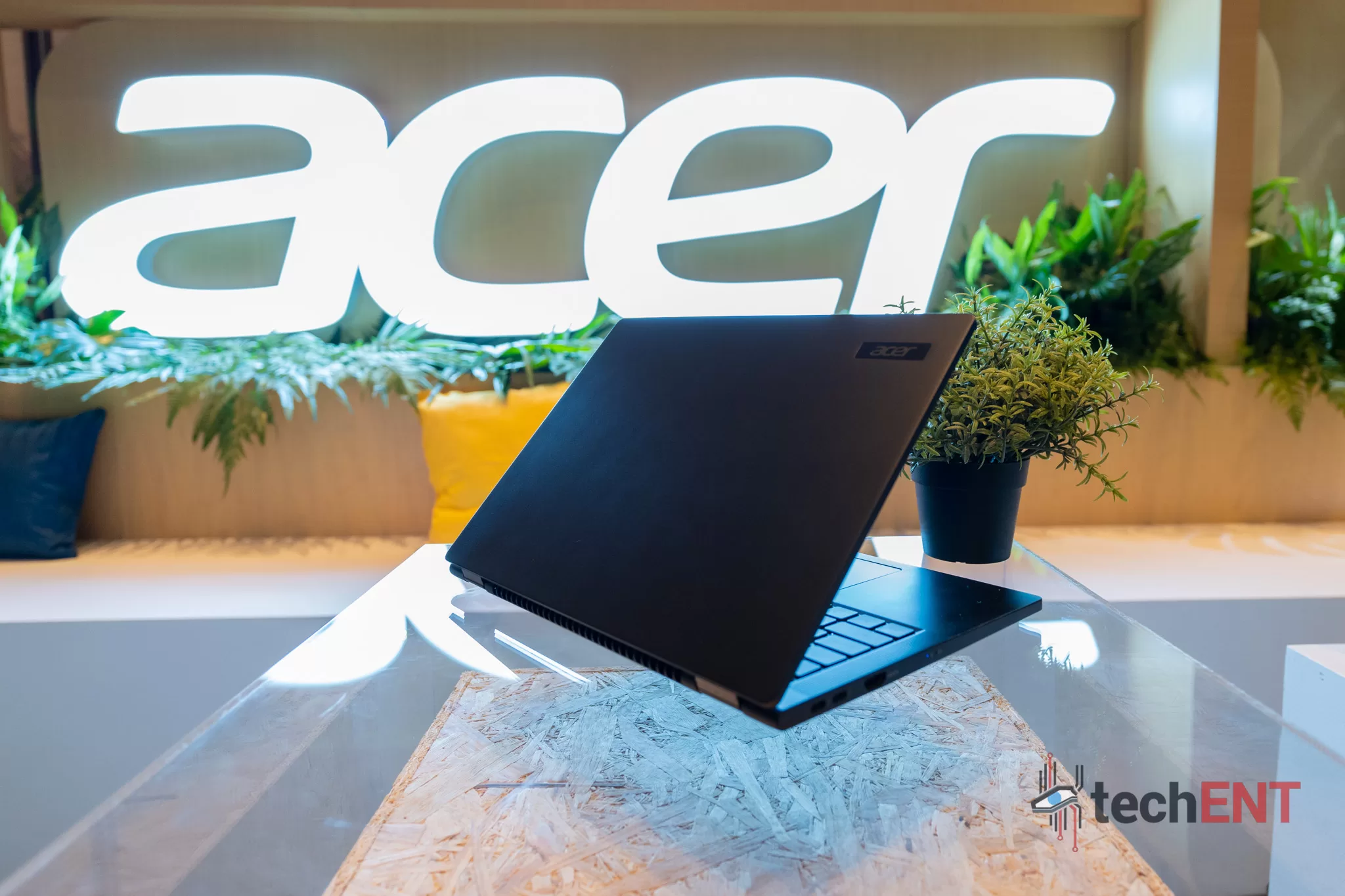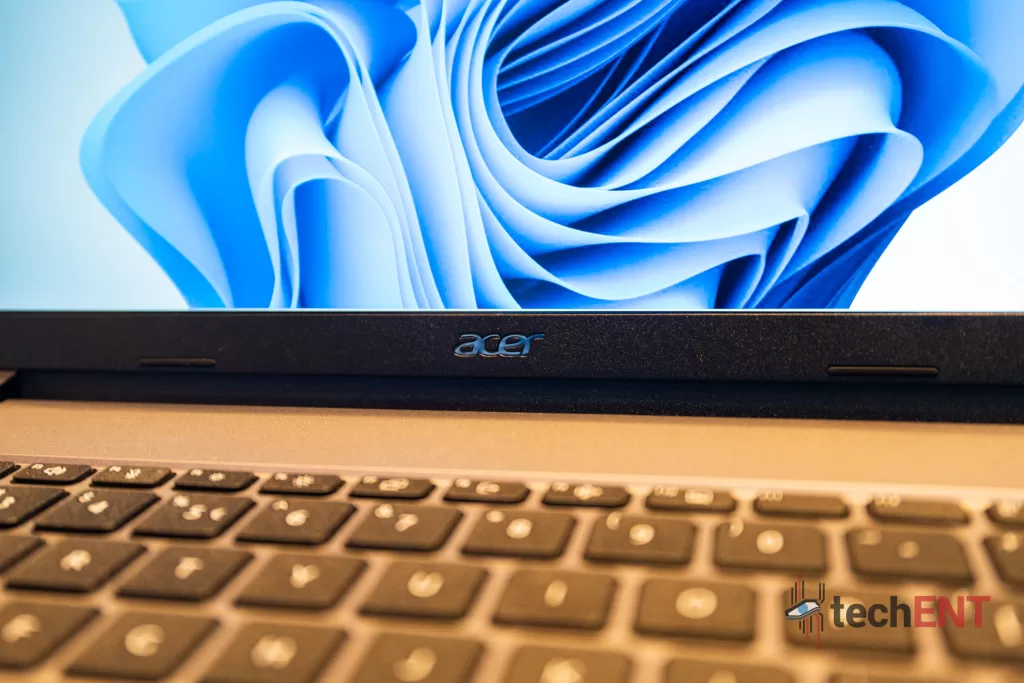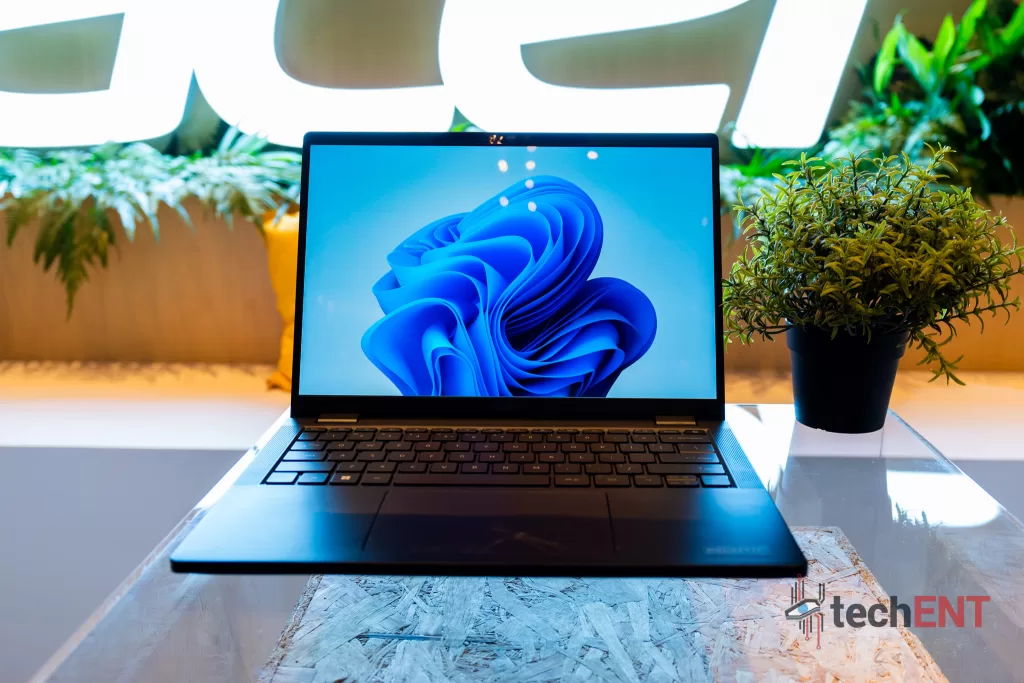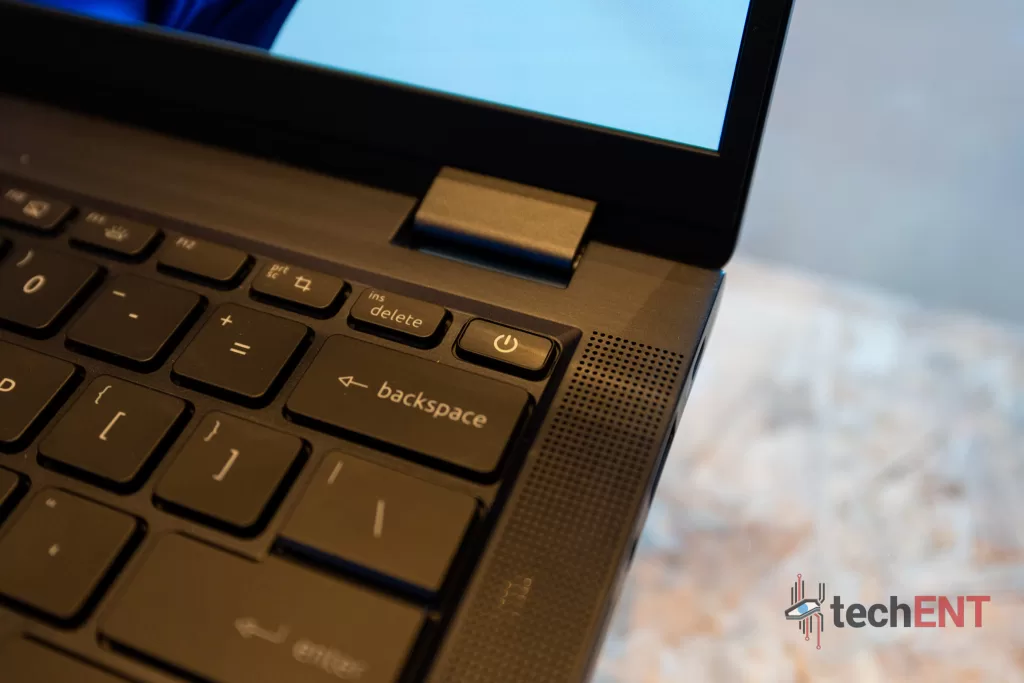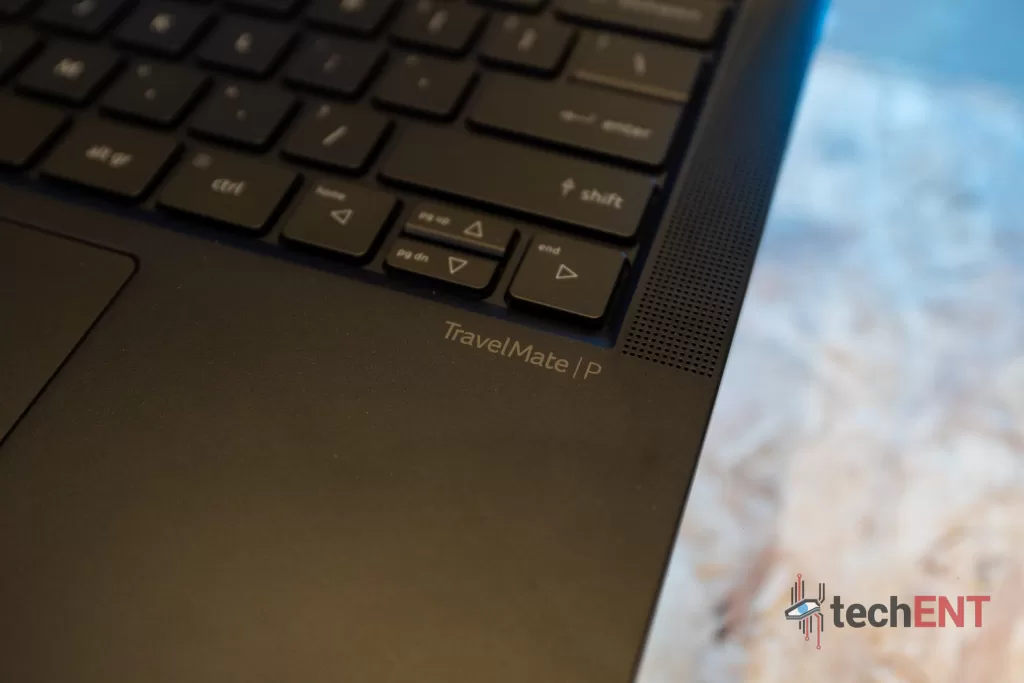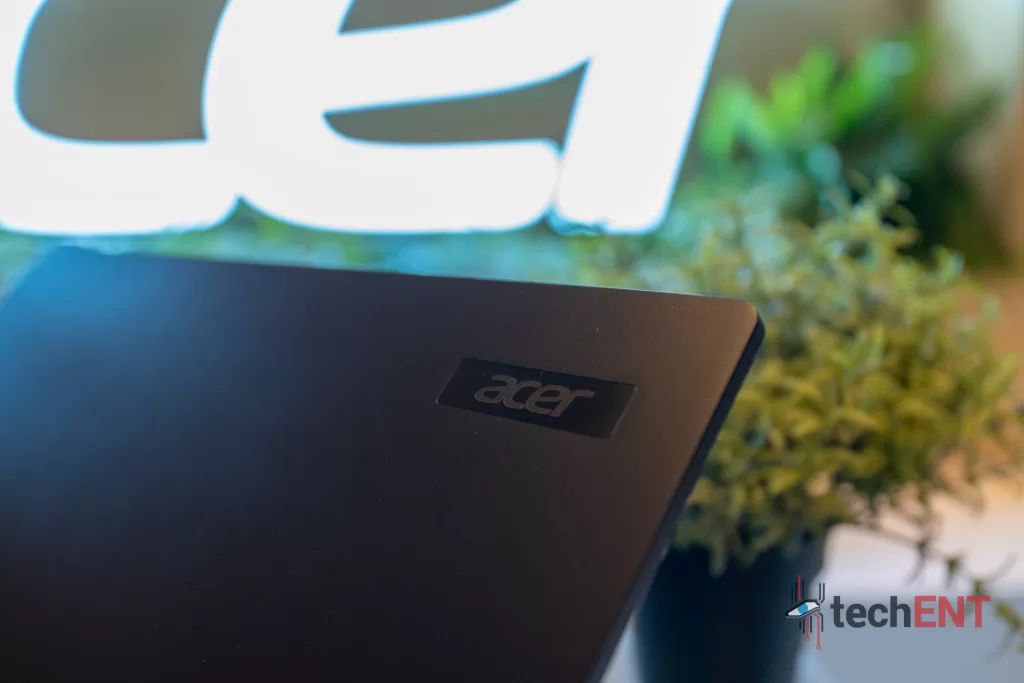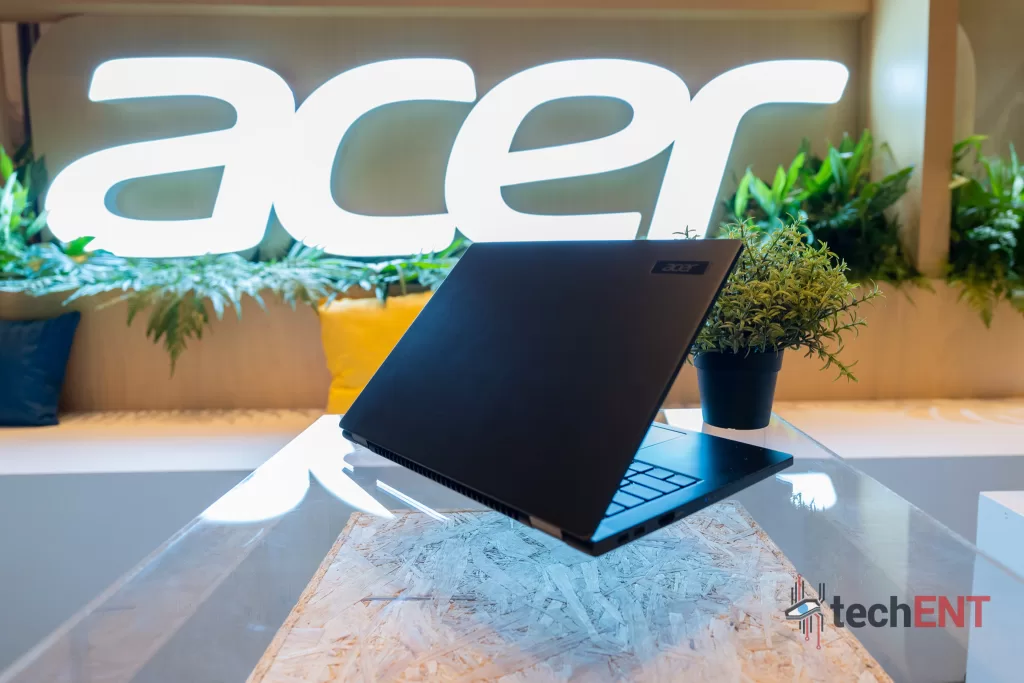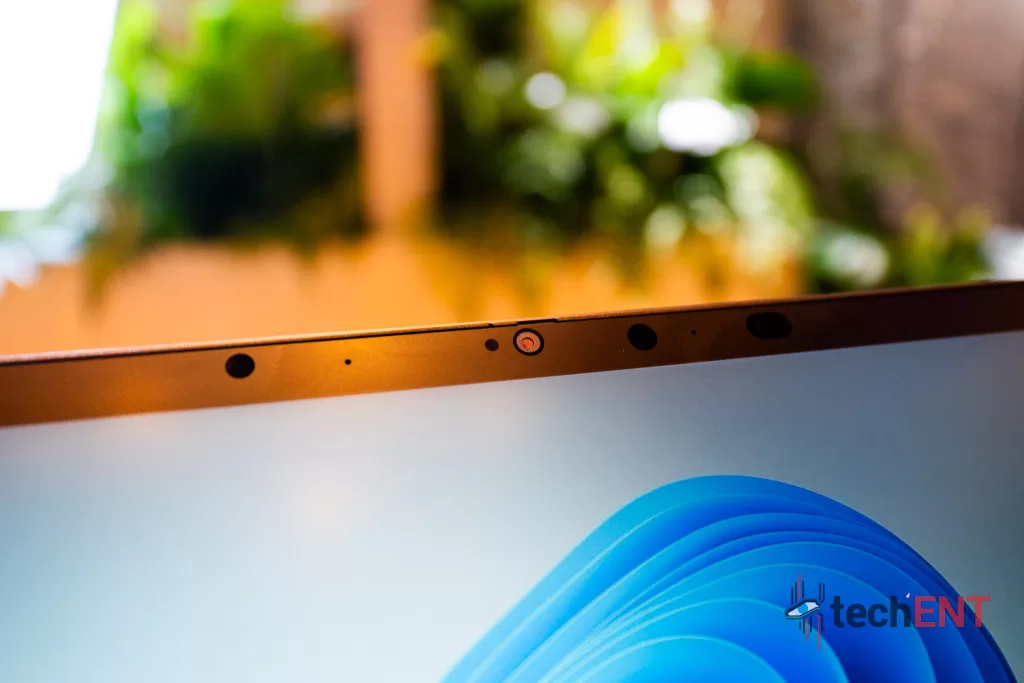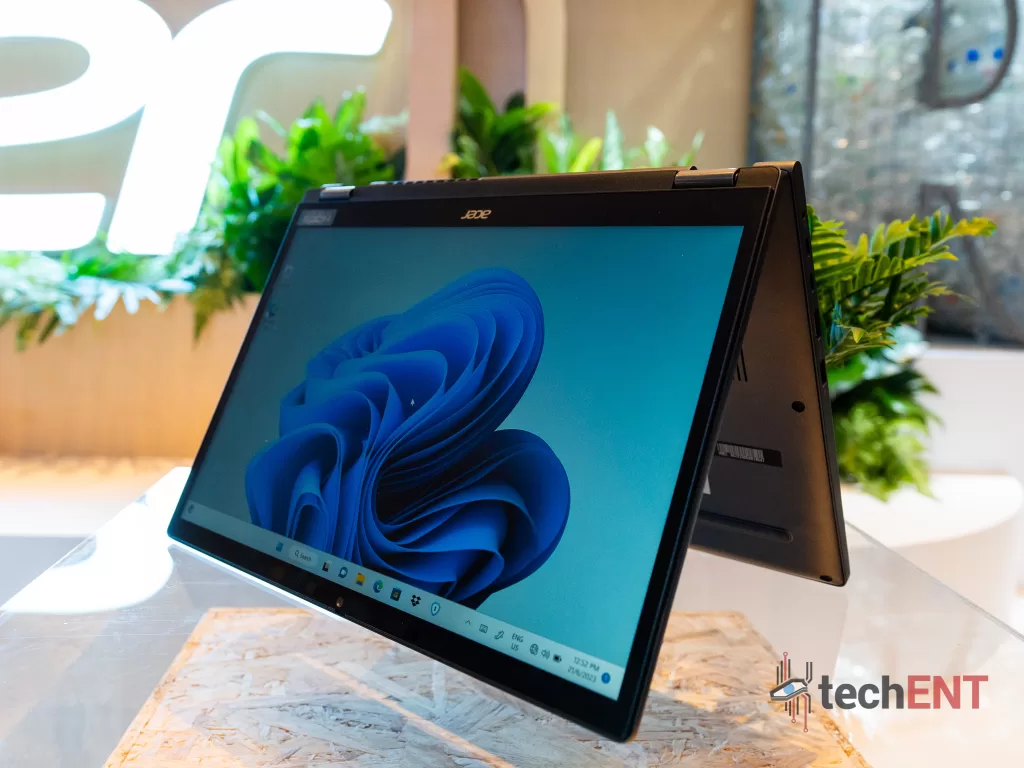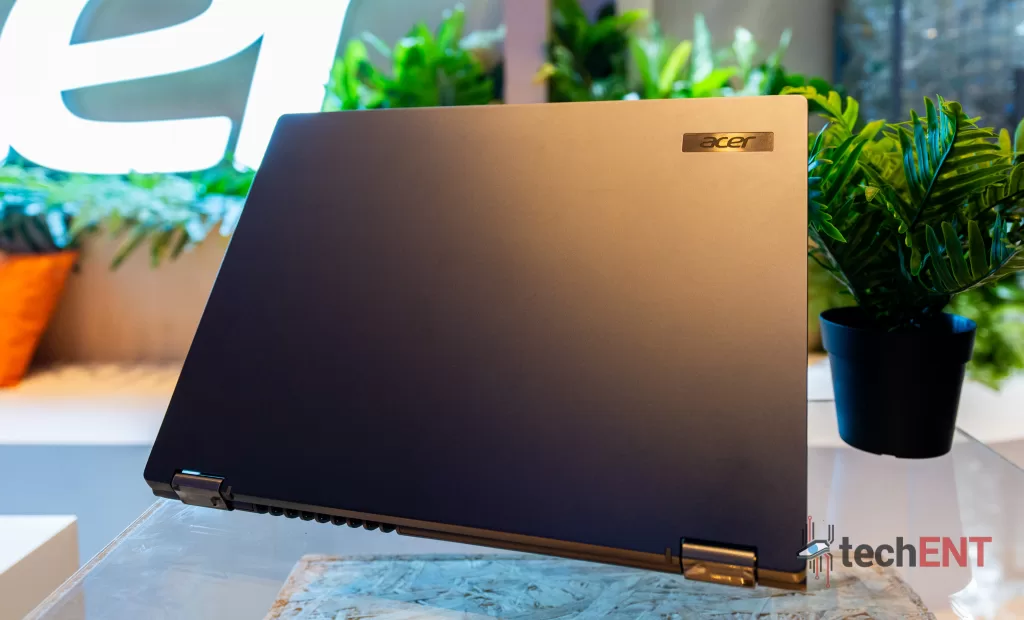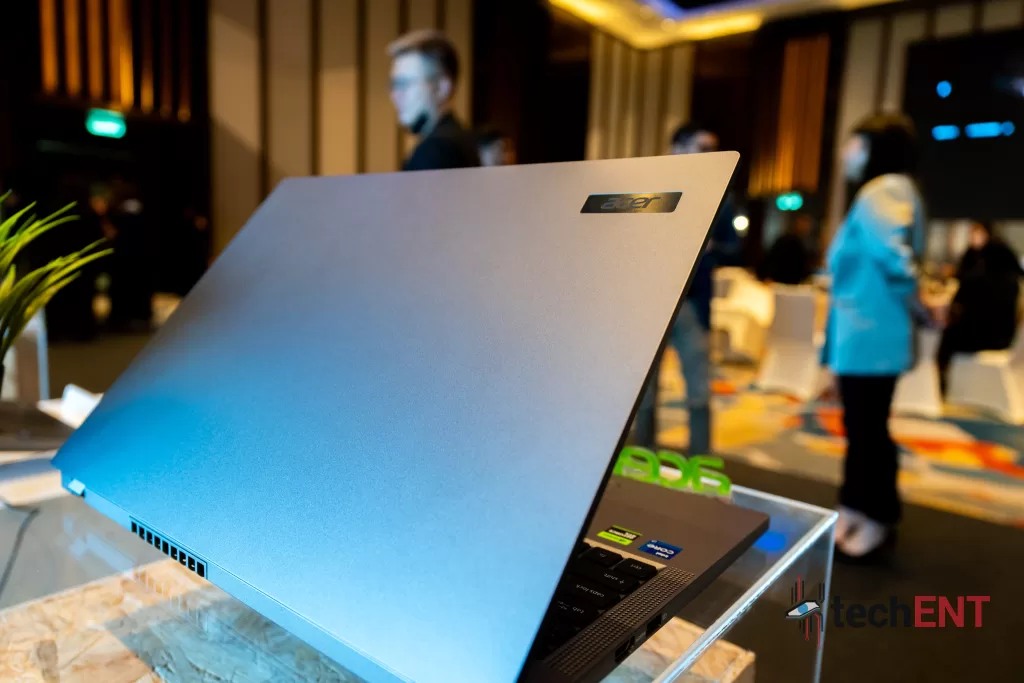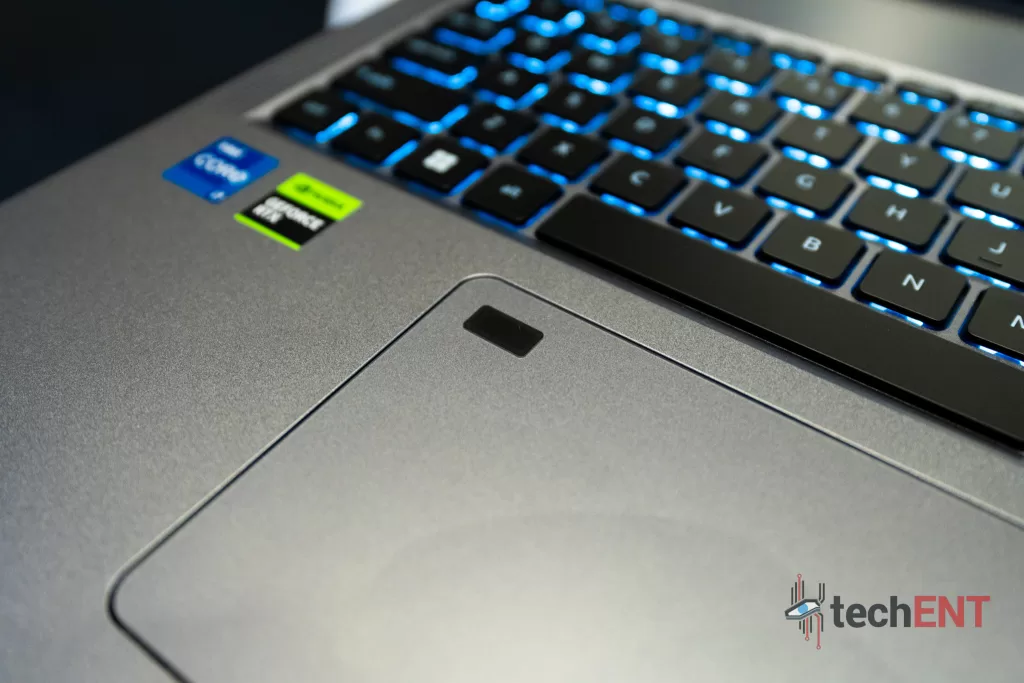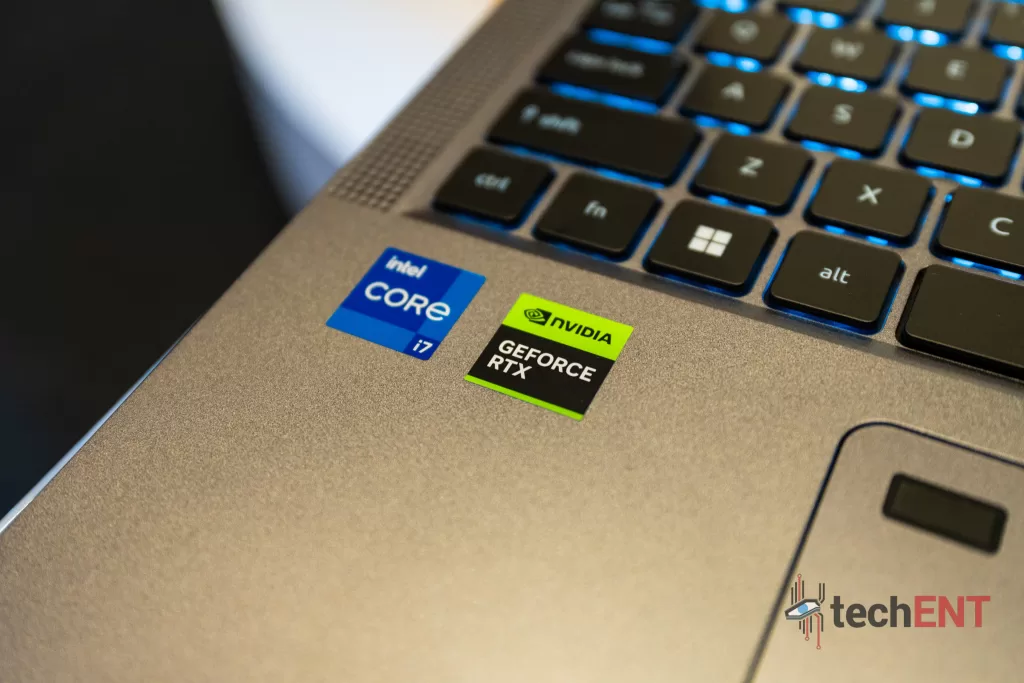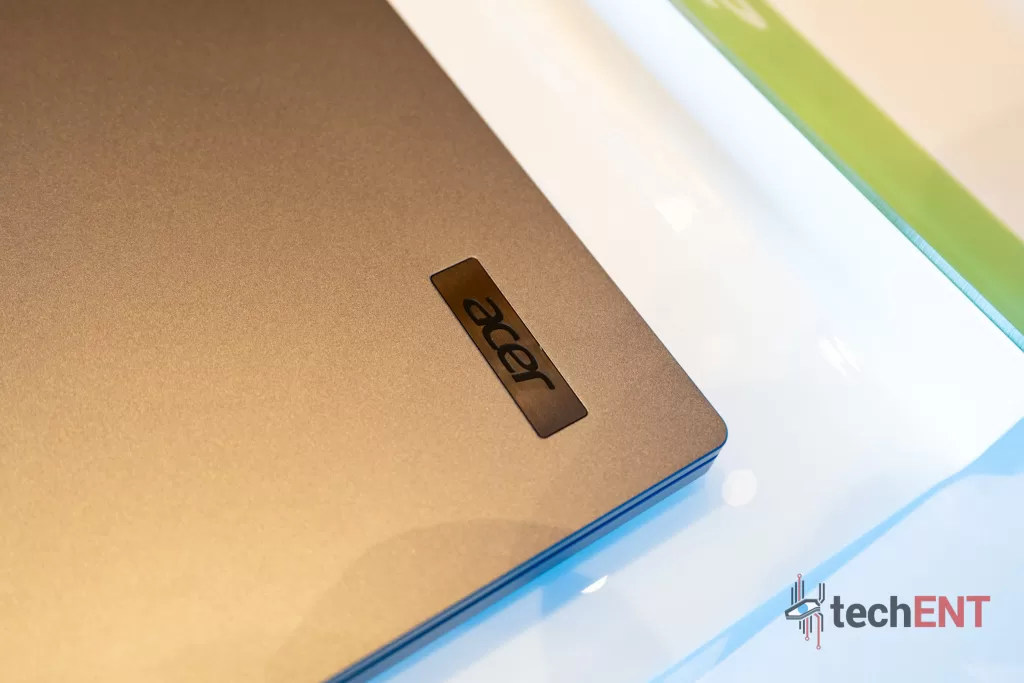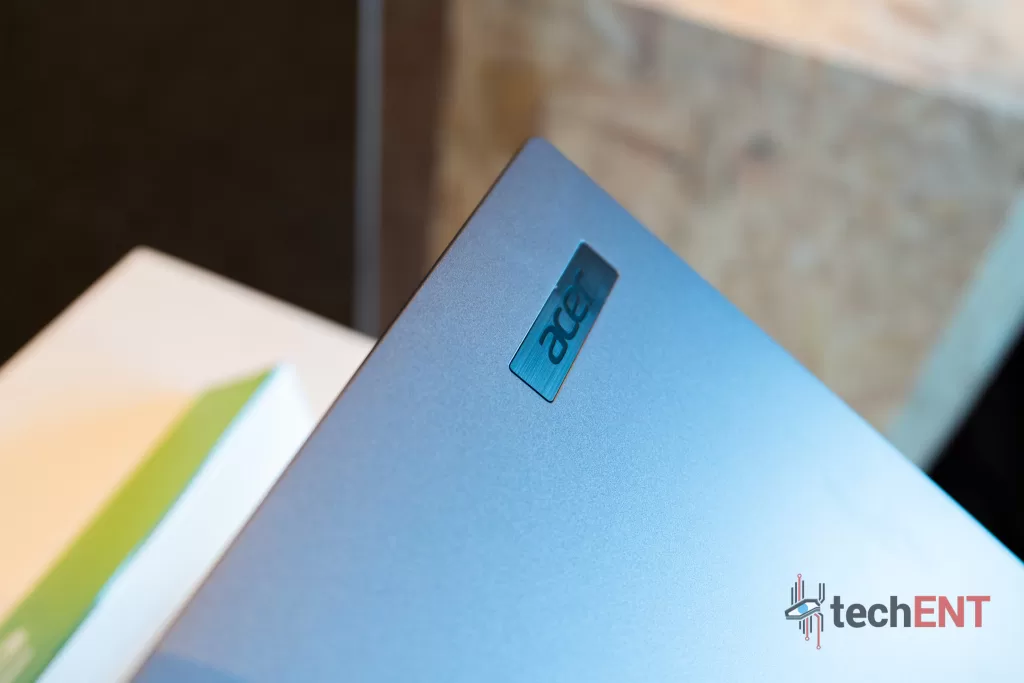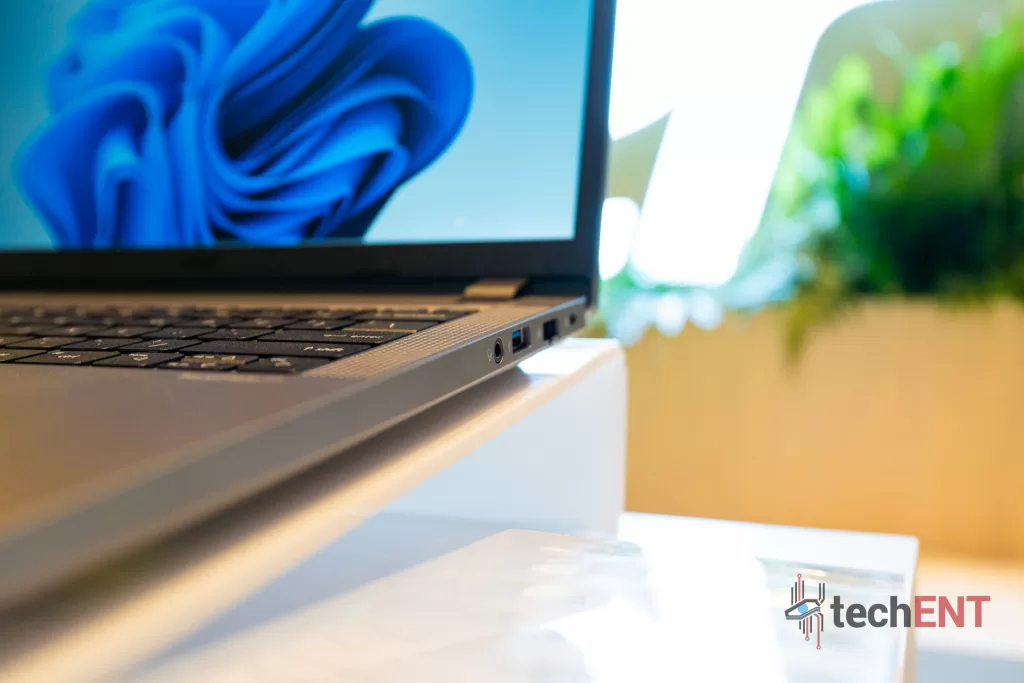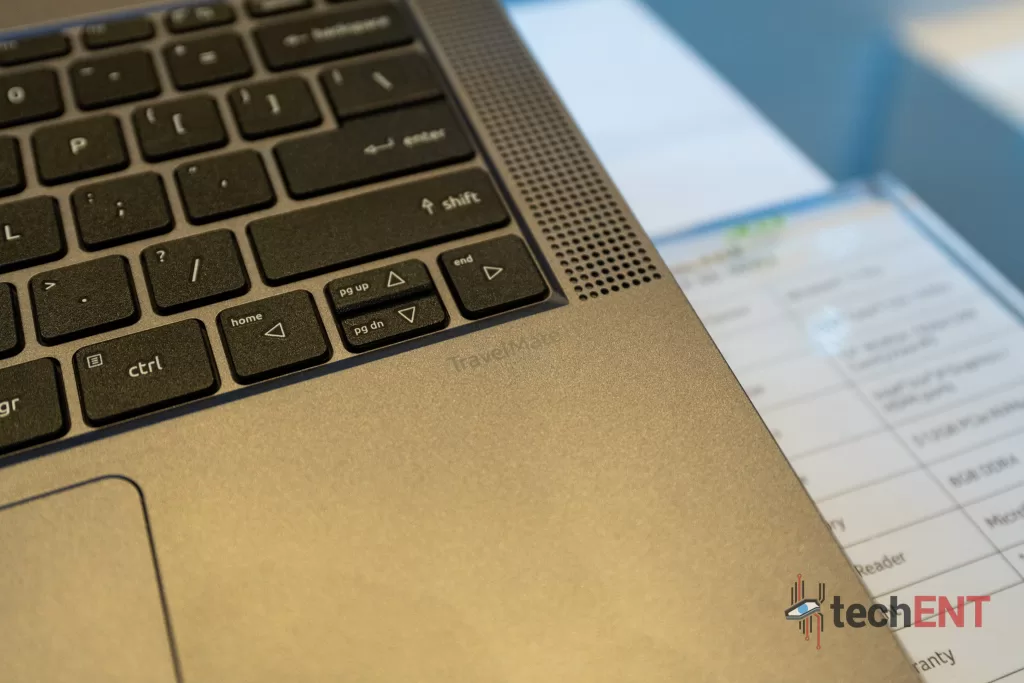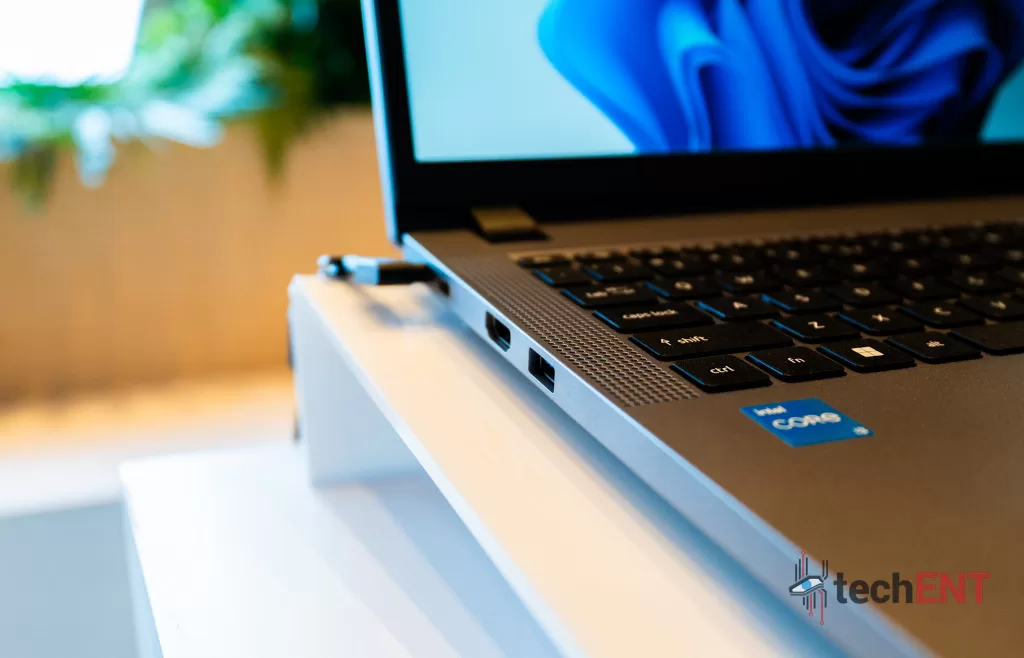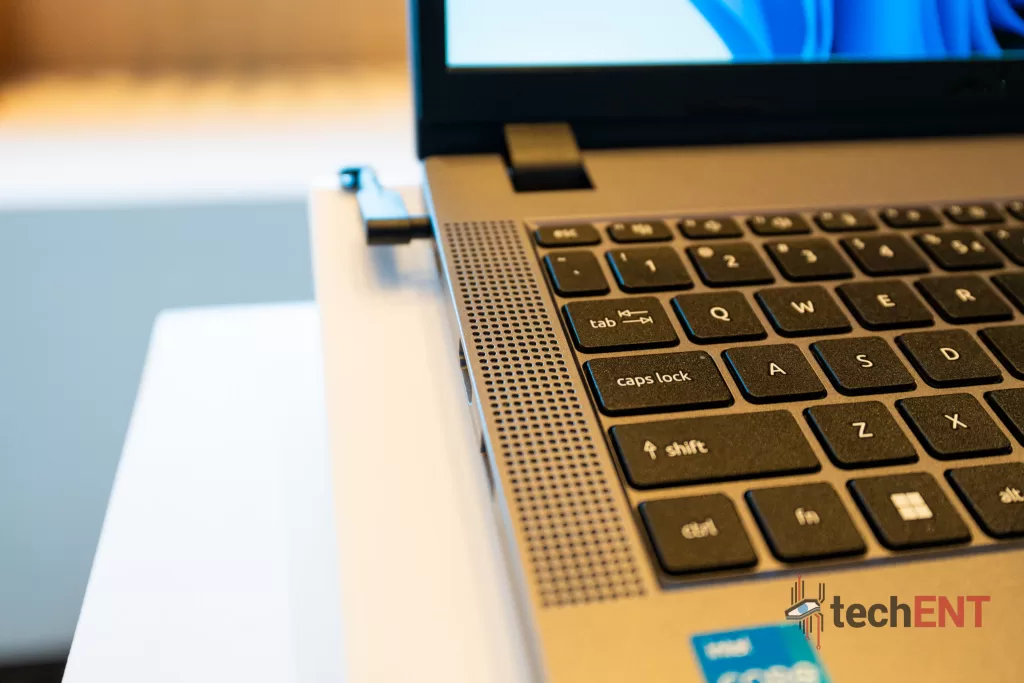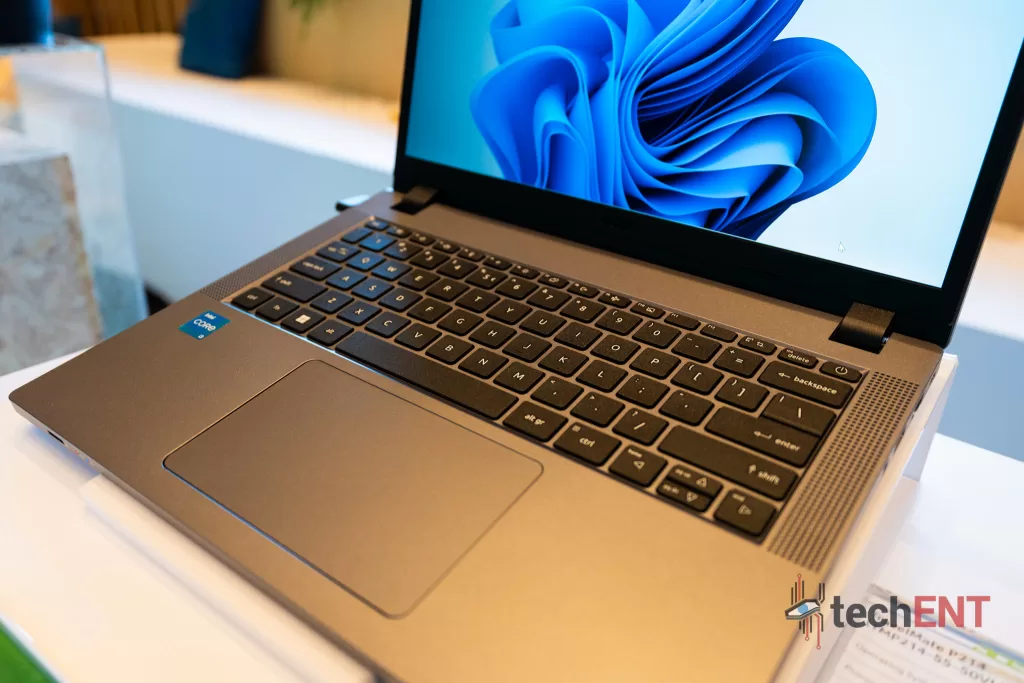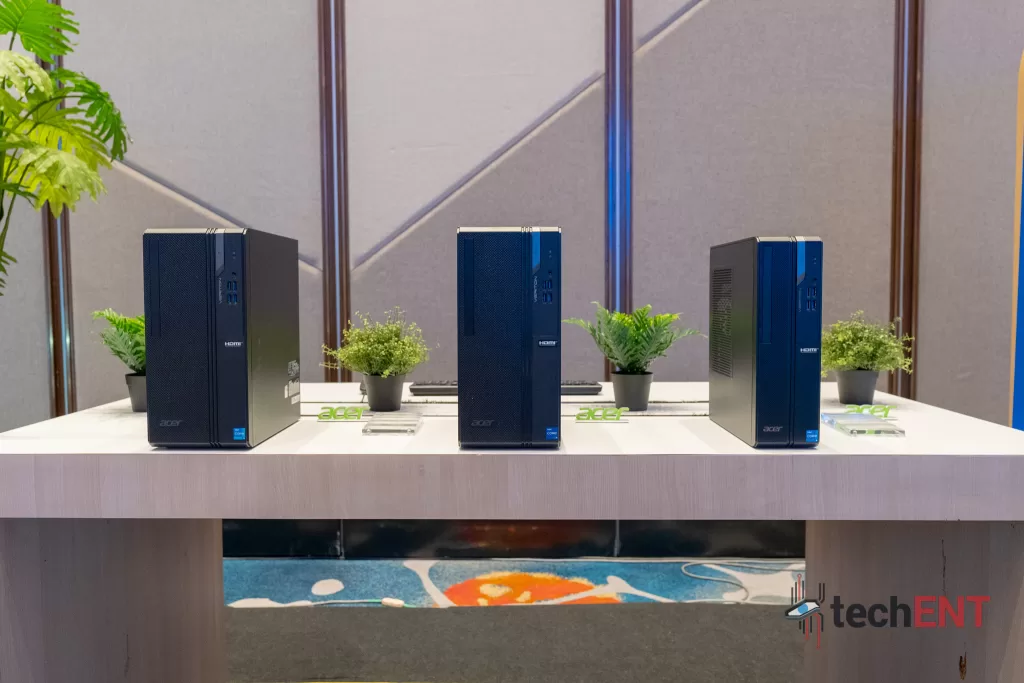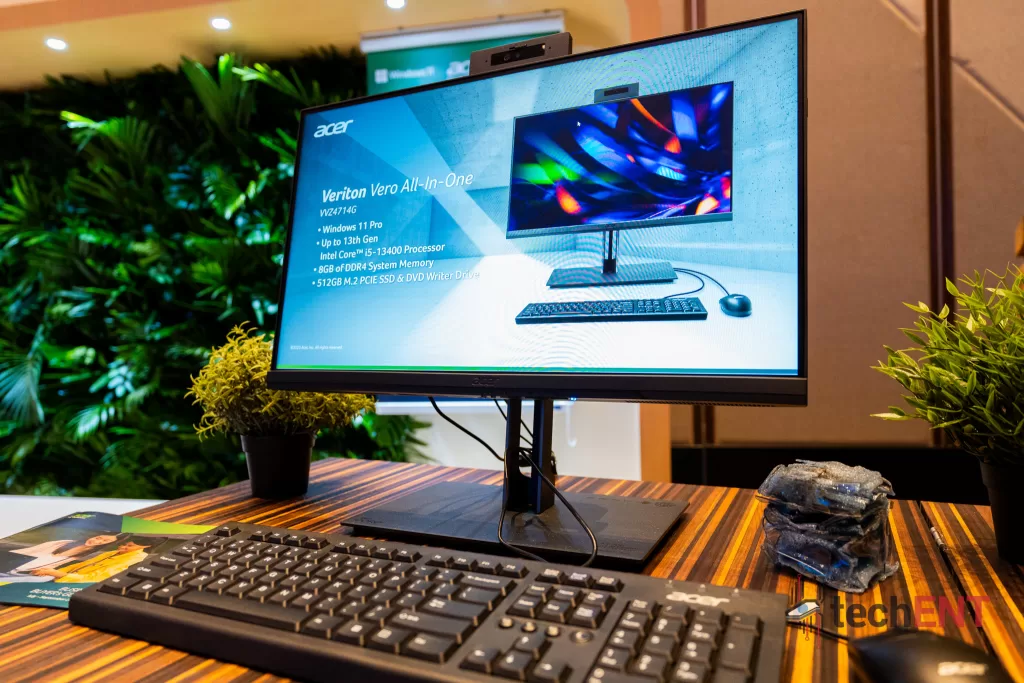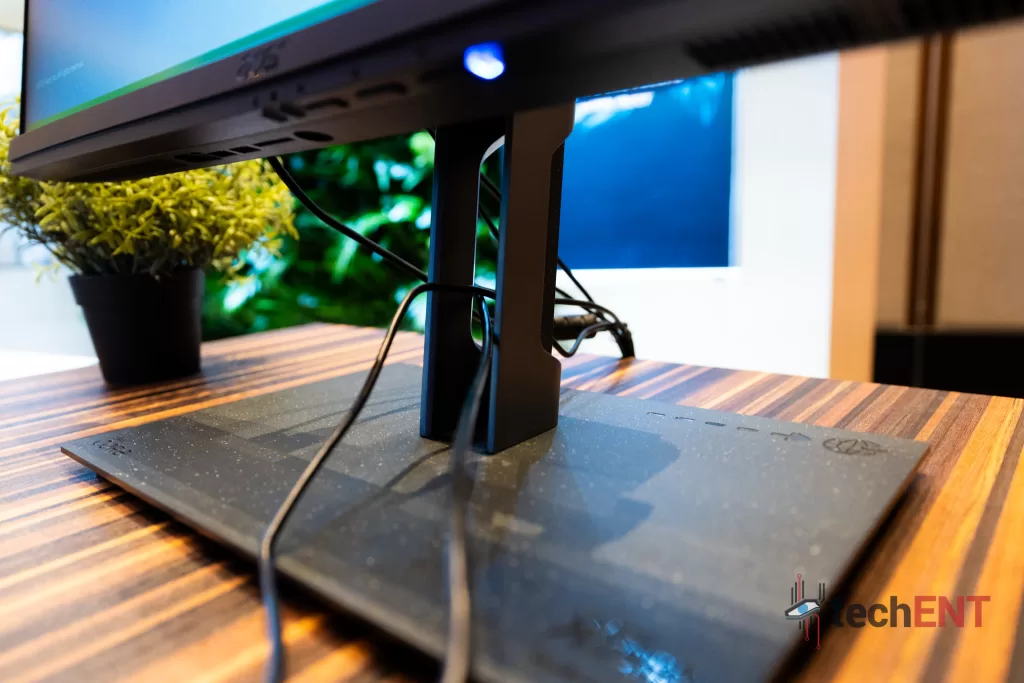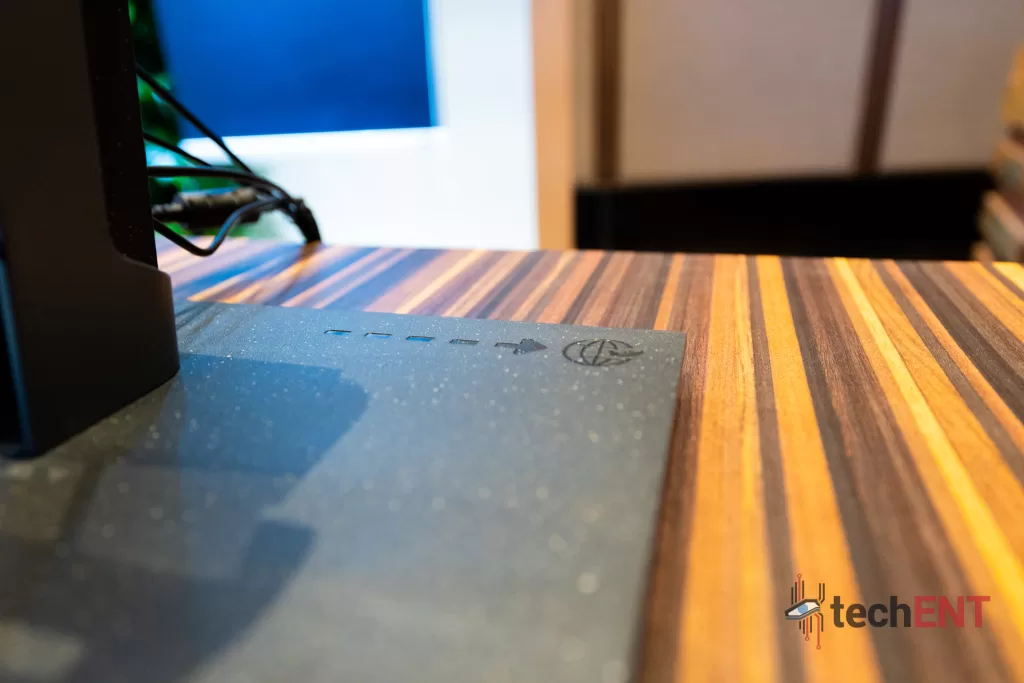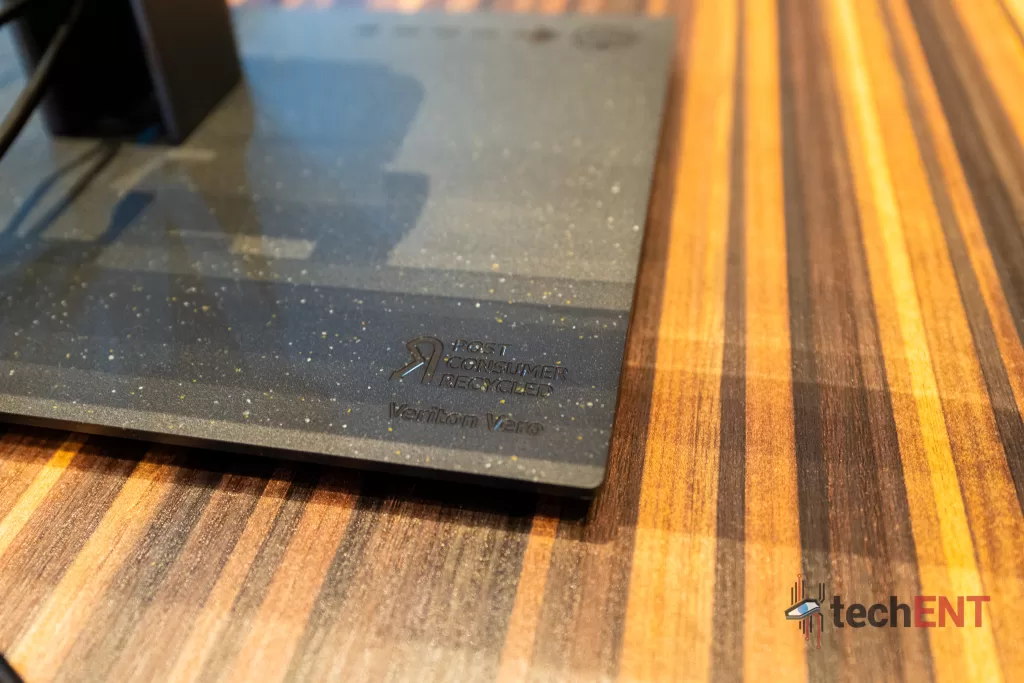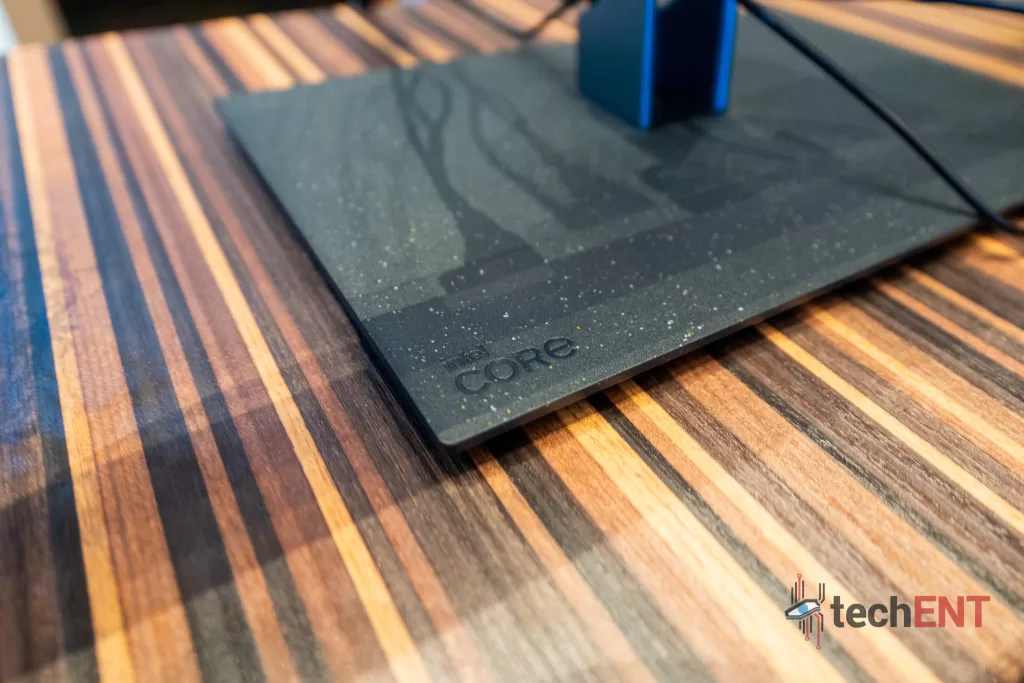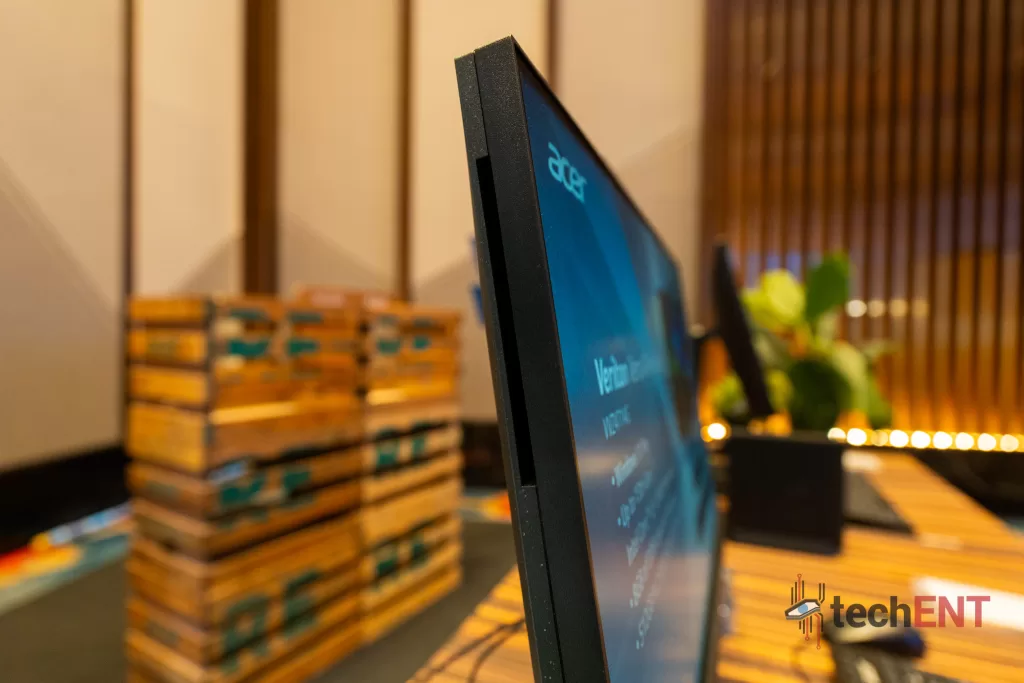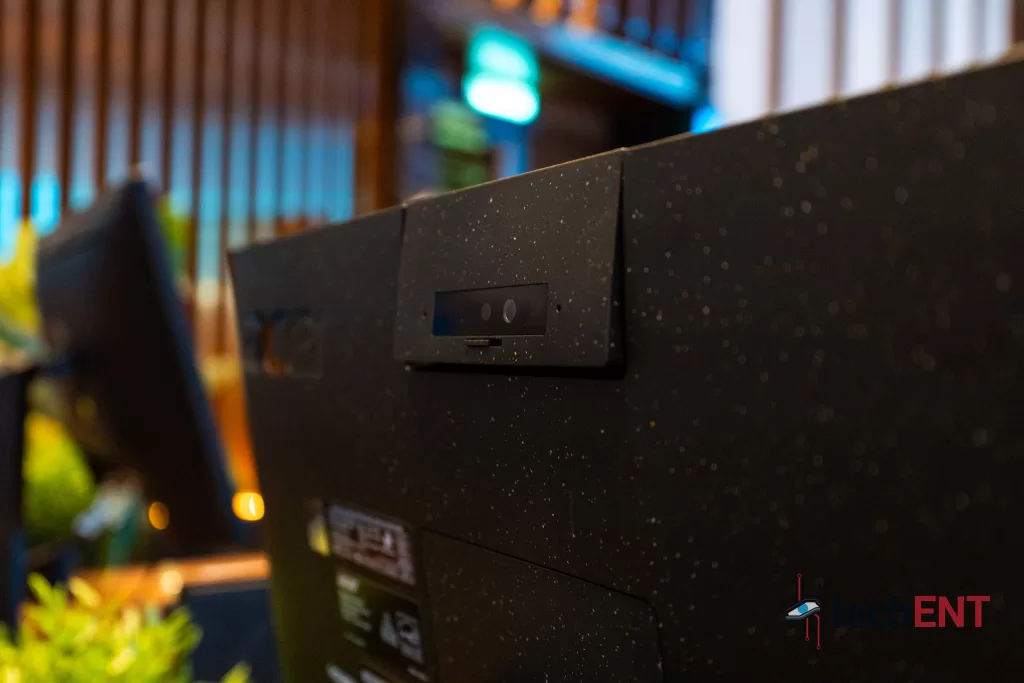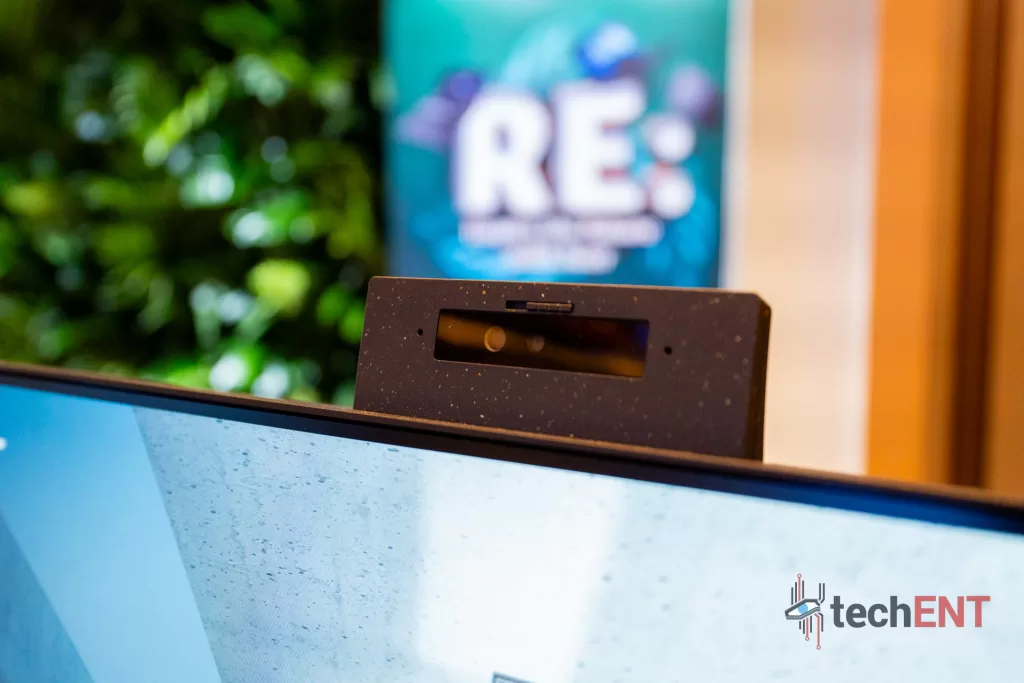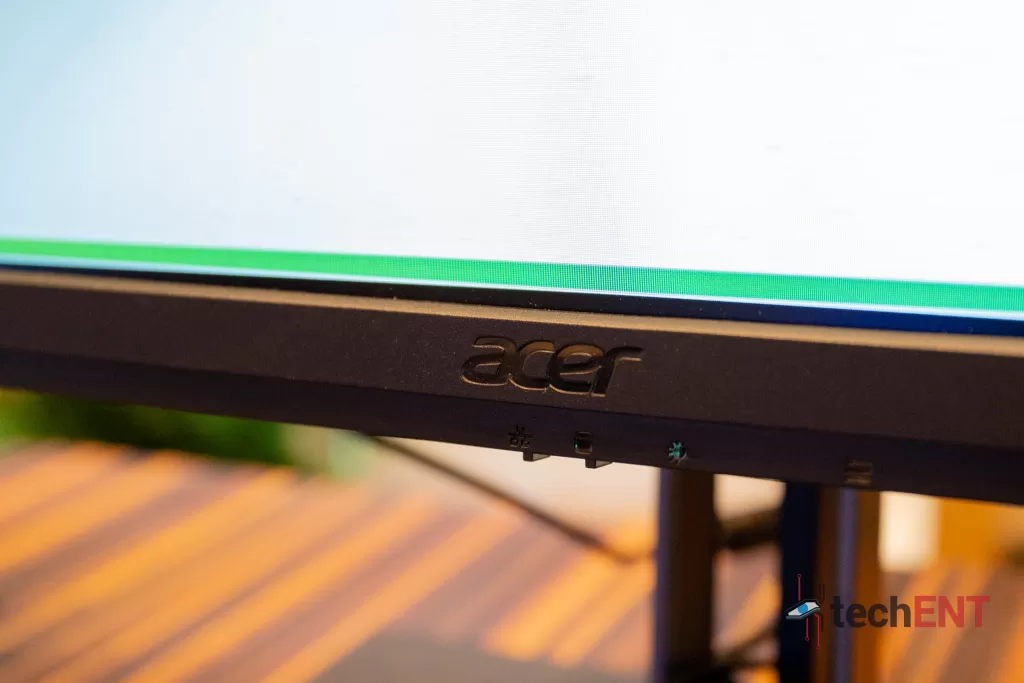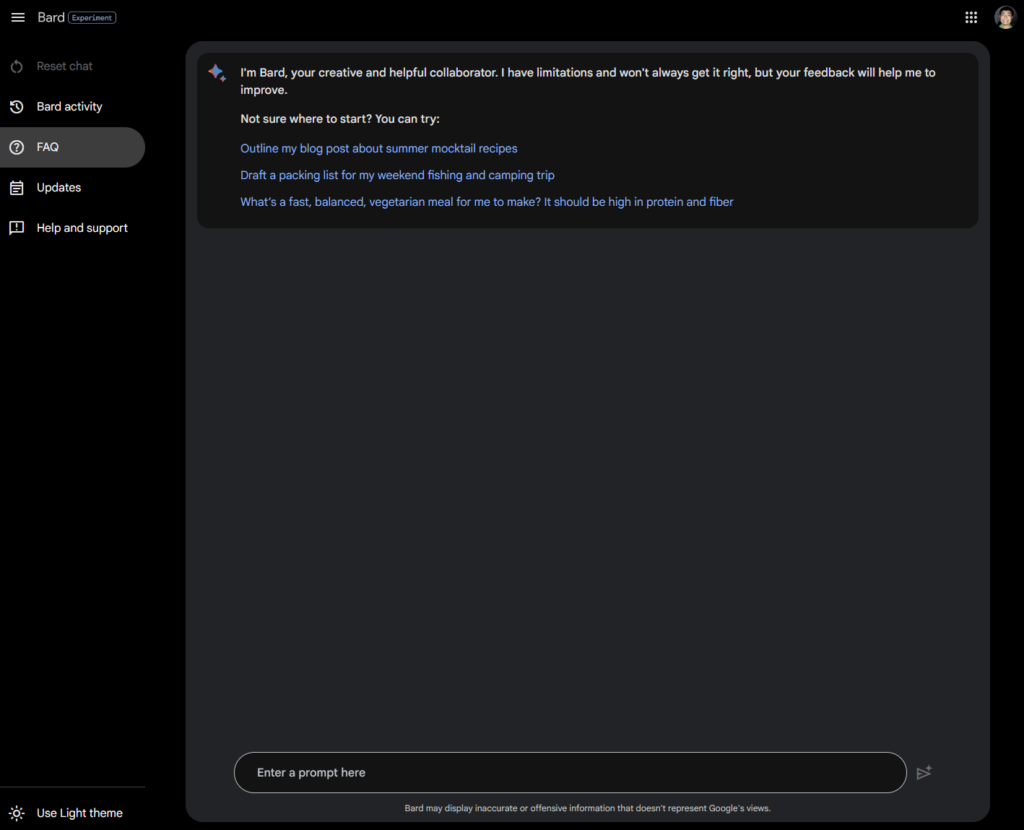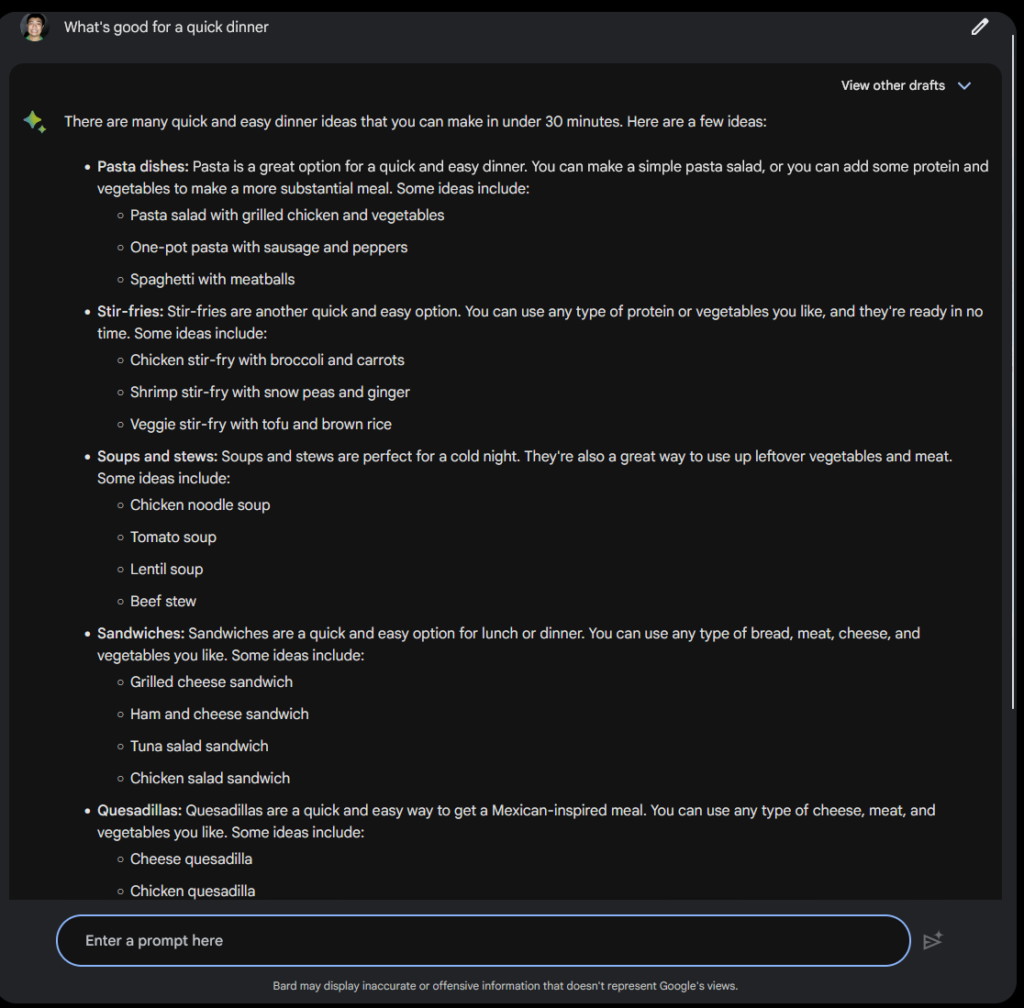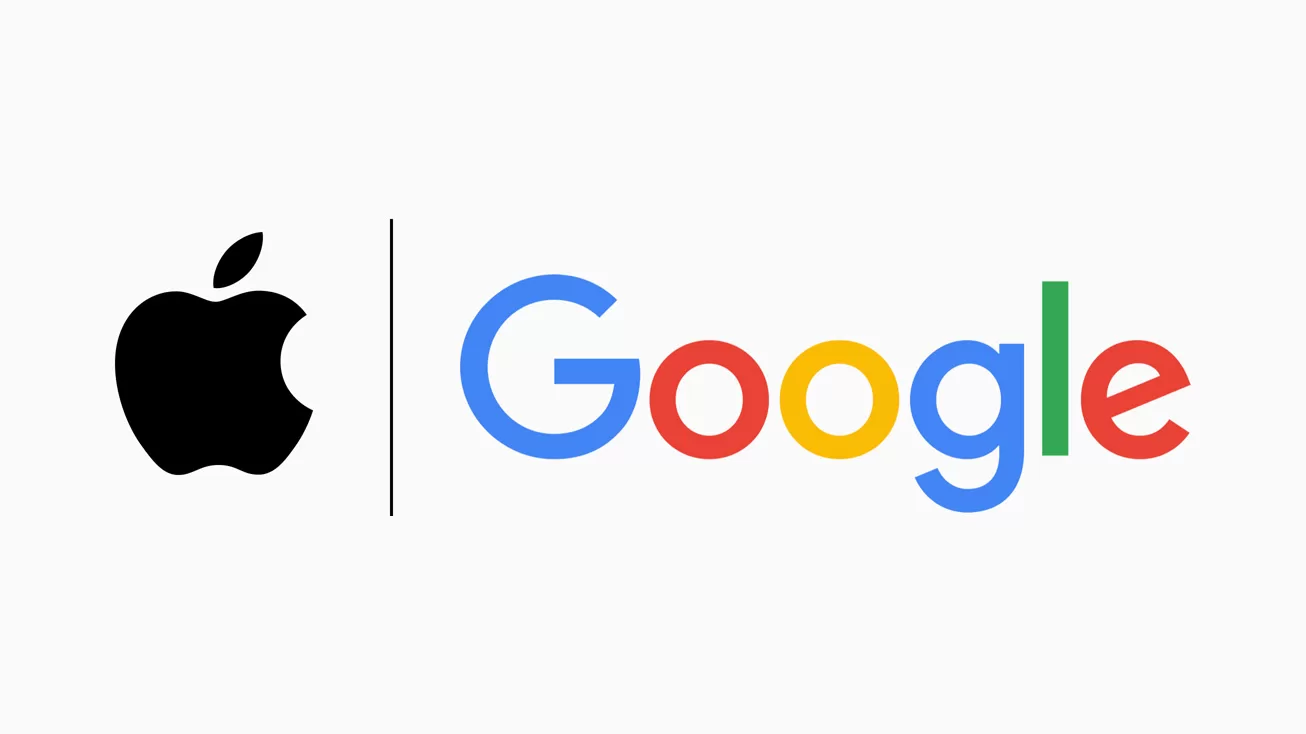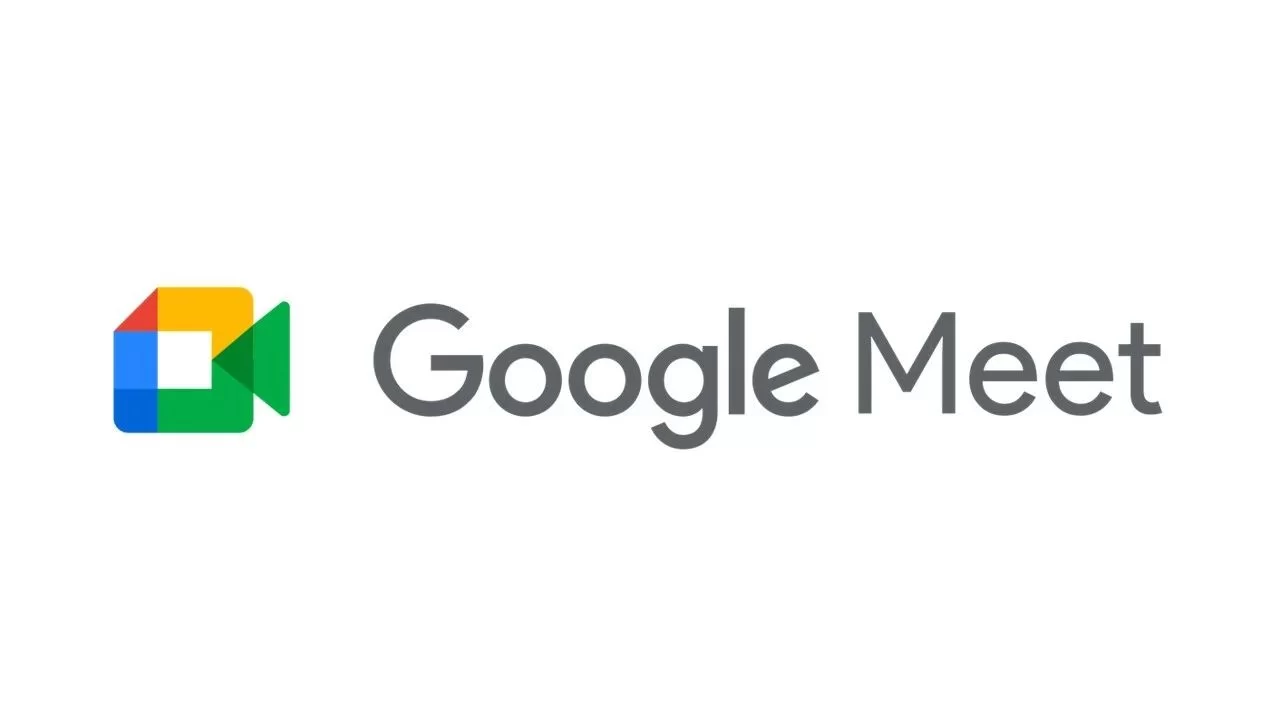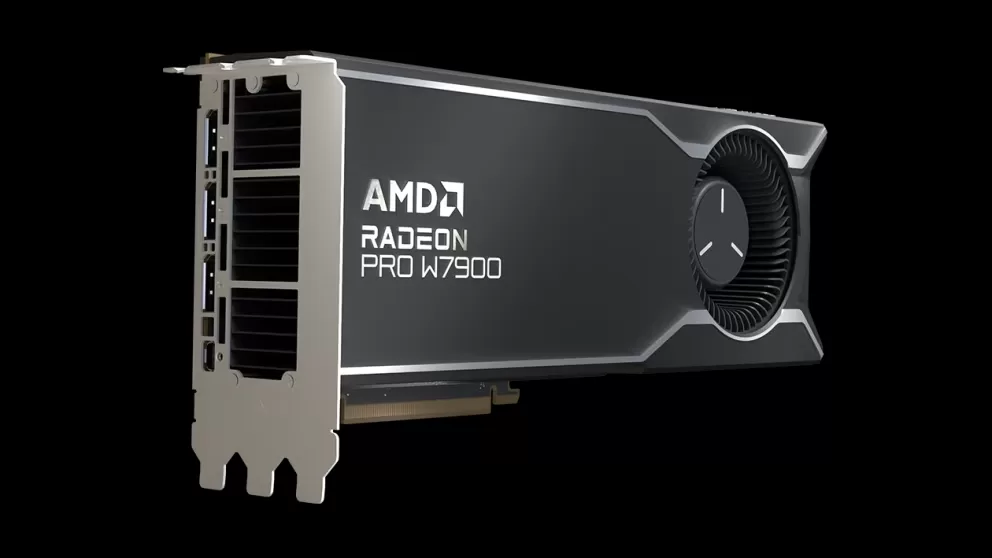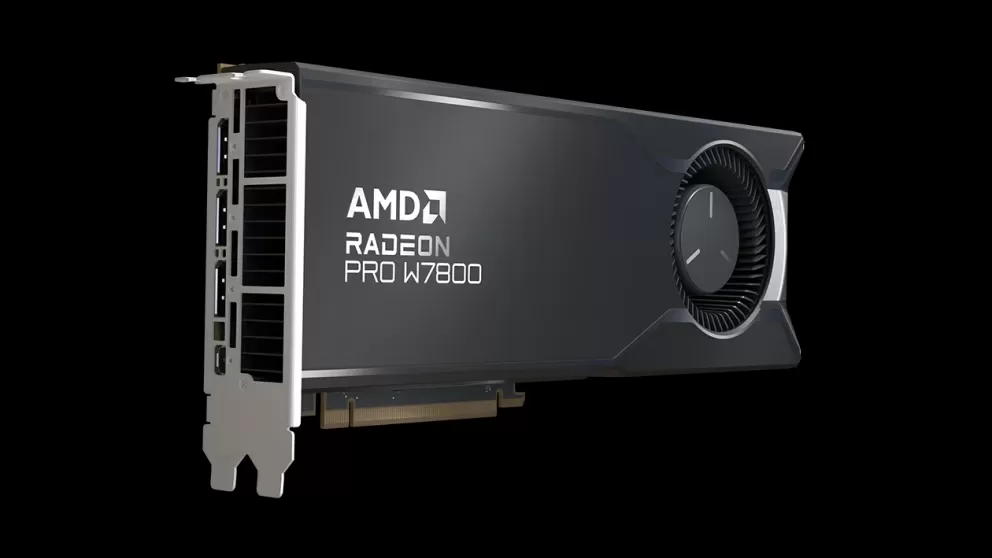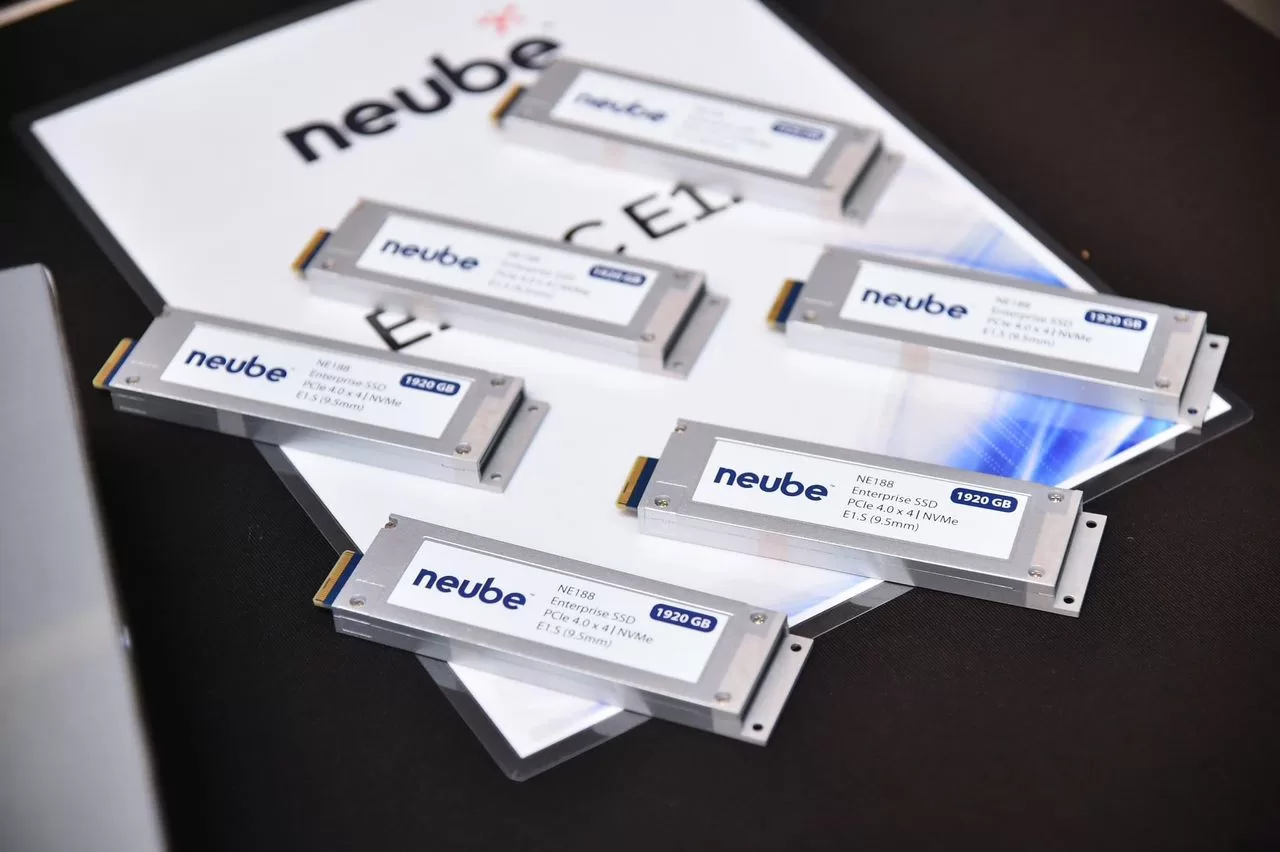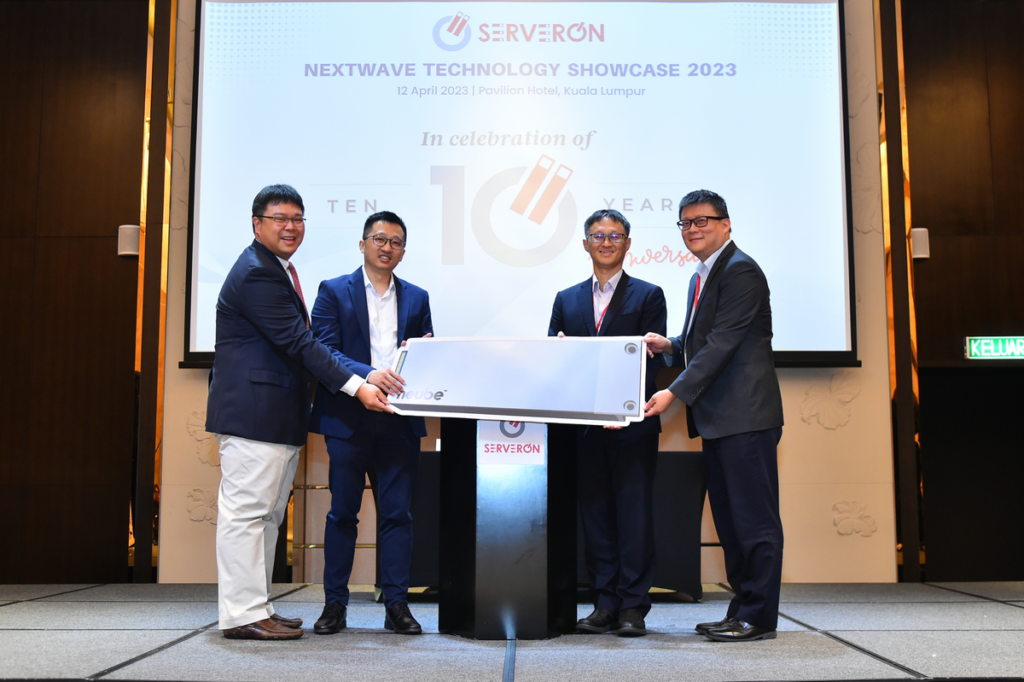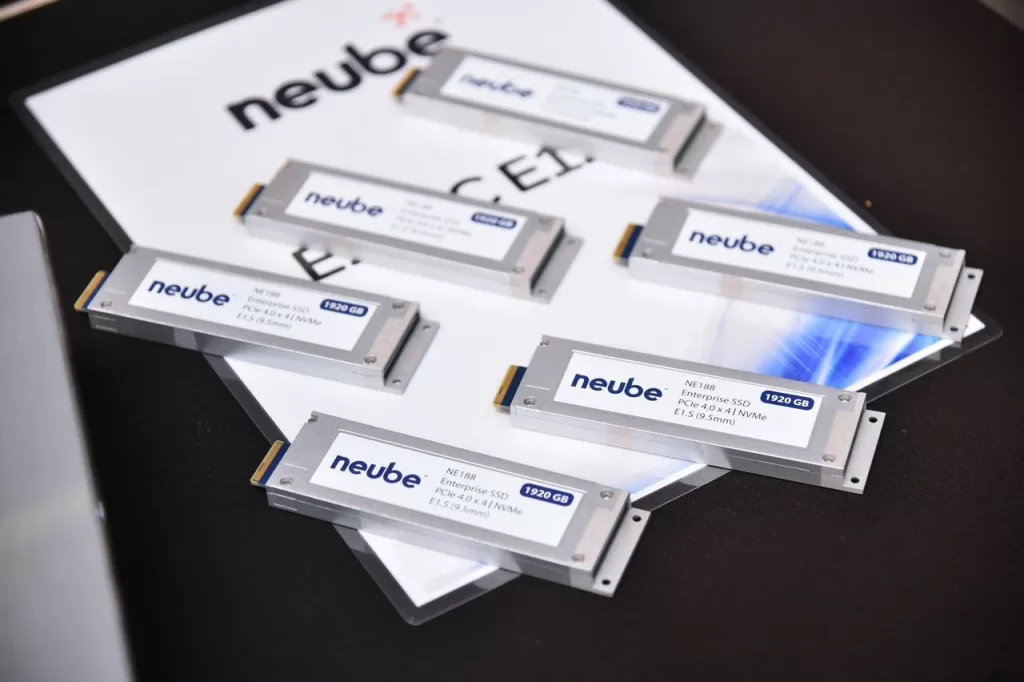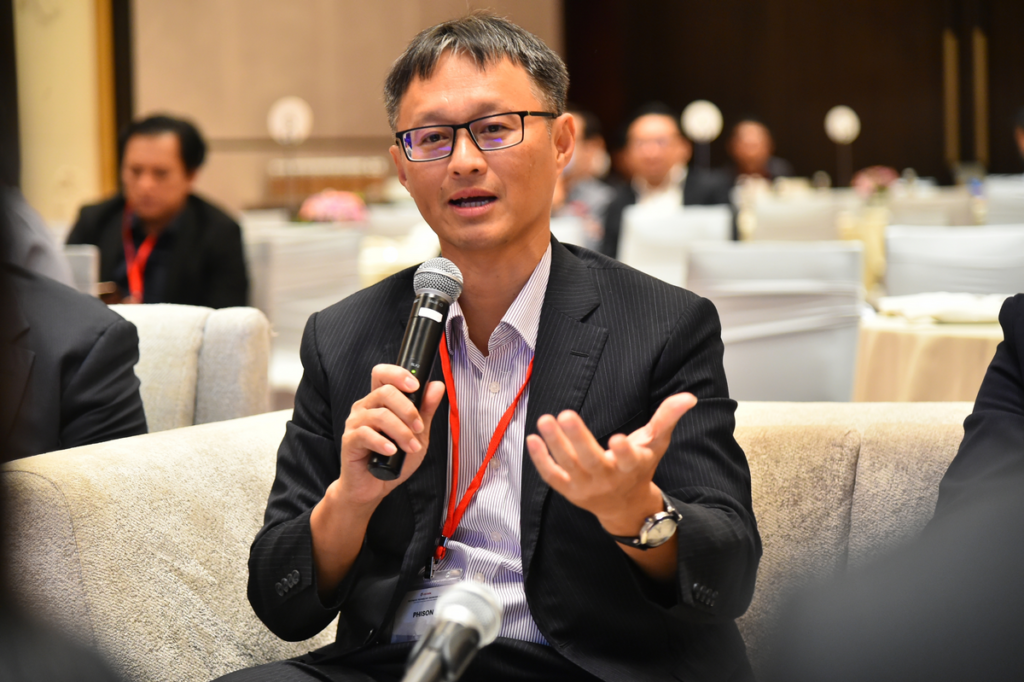Samsung just had their 7th annual Samsung Foundry Forum, and it was interesting. As the name suggests, the forum focuses more on Samsung’s in-house chip, semiconductor, and silicon development. They are, after all, the largest and own the world’s most advanced semiconductor manufacturing plant. They introduced the world to the 3nm process early on this year and is speculated to bring the first of the 3nm processed chips to smartphones later this year. The most powerful Android devices today are powered by Qualcomm’s 4nm Snapdragon 8 Gen2. Apple is also expected to update their latest iPhone launching this year to a 3nm chip.
This year’s Foundry Forum focuses not just on what is, but also what is to be in the future for Samsung’s semiconductor business. Samsung stresses the importance of artificial intelligence (AI) and its requirements, moving forward into the future. They spoke about how their own gate-all-around (GAA) advanced node technology would be the driving force of AI applications in the future. Of course, they also pointed to growth of their semiconductor business in the form of an expansion in production capacity, stretching their lead in the semiconductor production business over their competitors. However, they have not mentioned anything on their own Exynos chips made for smartphones. To be fair, there is still plenty to unpack at the Foundry Forum, especially when it comes to 2nm process.
Samsung detailed their plans to mass produce their 2nm process chips by 2025, first for mobile applications. That also means that you can expect Apple to introduce their iPhone with 3nm silicon in that same year. You can also expect Qualcomm to jump in line to introduce their Snapdragon 8 processor with 2nm process technology in late 2025 or early 2026 in this case. Most of all though, you can be hopeful on the return of the Samsung Exynos chips on Samsung’s flagship devices.
Samsung’s Exynos processing chips for mobile applications are still a thing, just not on the current line of flagship devices that Samsung pushes like the Galaxy S23 line-up and the Galaxy Z Fold. The Exynos chips are now powering the mid-range smartphones instead which, to be fair, is probably the most profitable segment in the industry. Still, that means that the Samsung Galaxy flagships devices gets only the Qualcomm Snapdragon treatment. While that is not a bad thing, it is a sad thing to see, especially when Samsung just renewed and extended its partnership with AMD to bring Radeon graphics power to Samsung’s in-house developed chips.
Still, Samsung’s commitment to pushing their production capacity and technology just means that they are not out of the fight in silicon supremacy just yet. With their renewed partnership with AMD, they did mention that they are looking to bring a new Exynos chip to market and into their own flagship smartphones or handheld devices. We could see an iteration of Samsung’s 3nm Exynos with AMD’s graphical prowess later in the year when they launch their lates Samsung Galaxy Z Fold. In the Forum, they also said that they are increasing their production capacity for foundry products made for mobile devices and other applications, which could be a direct result of them pushing the next-generation Exynos chips on to their latest flagship devices. It could also be because their customers are demanding even more chips too.
The Samsung 2nm processor is not just for mobile applications like smartphones or gaming handheld though. Since the Forum stressed AI applications, Samsung aims to put the 2nm chips into high-performance-computing (HPC) solutions that is meant to push AI technologies as well in 2026. Eventually, the technology will also be available for the automotive industry in 2027. In 2027 as well, Samsung is planning to start the mass production of 1.4nm chips.
The promise of 2nm process seems to be significant too. They claim that with the current development, the 2nm chip has proven to be 12% more powerful than the current 3nm chip. It is 5% smaller than the 3nm chip and is up to 25% more power efficient too, making the jump from 3nm to 2nm a rather large one in terms of performance and efficiency.
Samsung also promises that in 2025, the 2nm process technology will find its way into gallium nitride (GaN) power applications for mobile devices, data centers, and automotive industry. They are also advancing networking technology in 2025 with the 5nm Radio Frequency (RF) technology that supports 6G networks. They say that the 5nm RF process shows a 40% in power efficiency while taking up half the space of a traditional 14nm process.
We said earlier that you can be hopeful to see Samsung’s Exynos chips make a comeback in their flagship devices. That is, at least for now, just speculations and hopeful statements. There is no confirmation on Samsung reintroducing Exynos flagship class processors currently. You can also expect Apple to be the first to introduce a 3nm processor for their iPhones later in the year.
